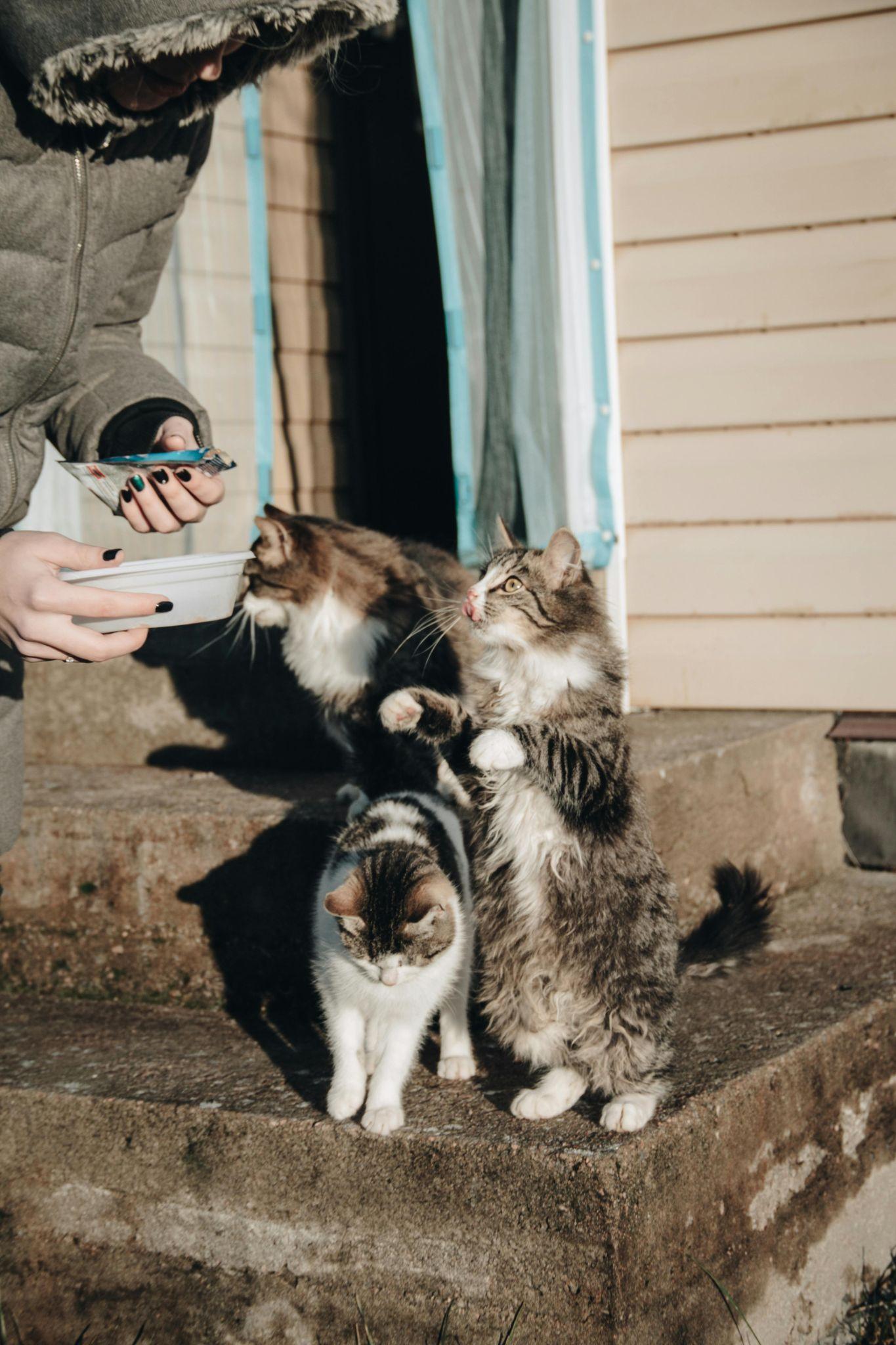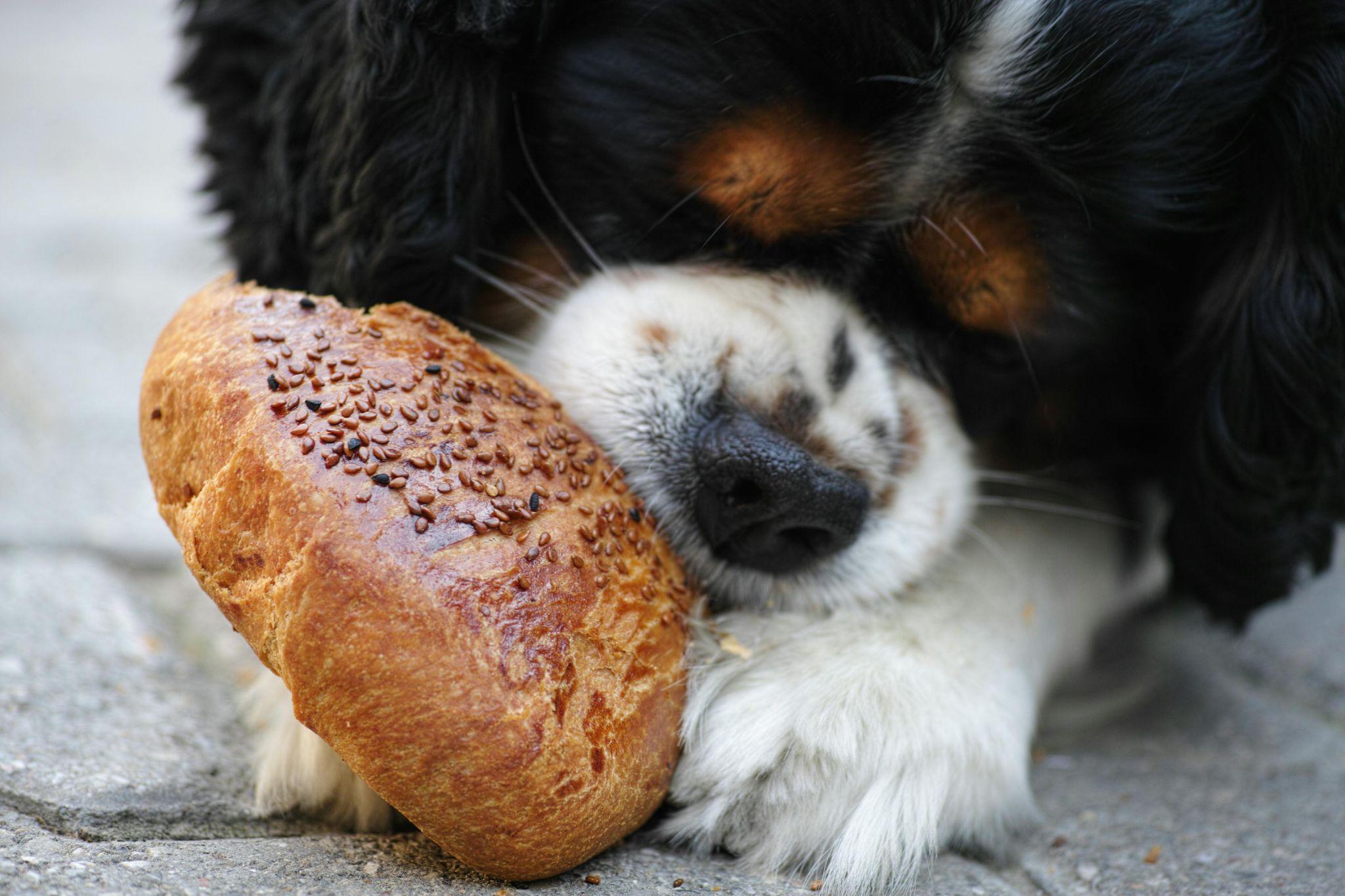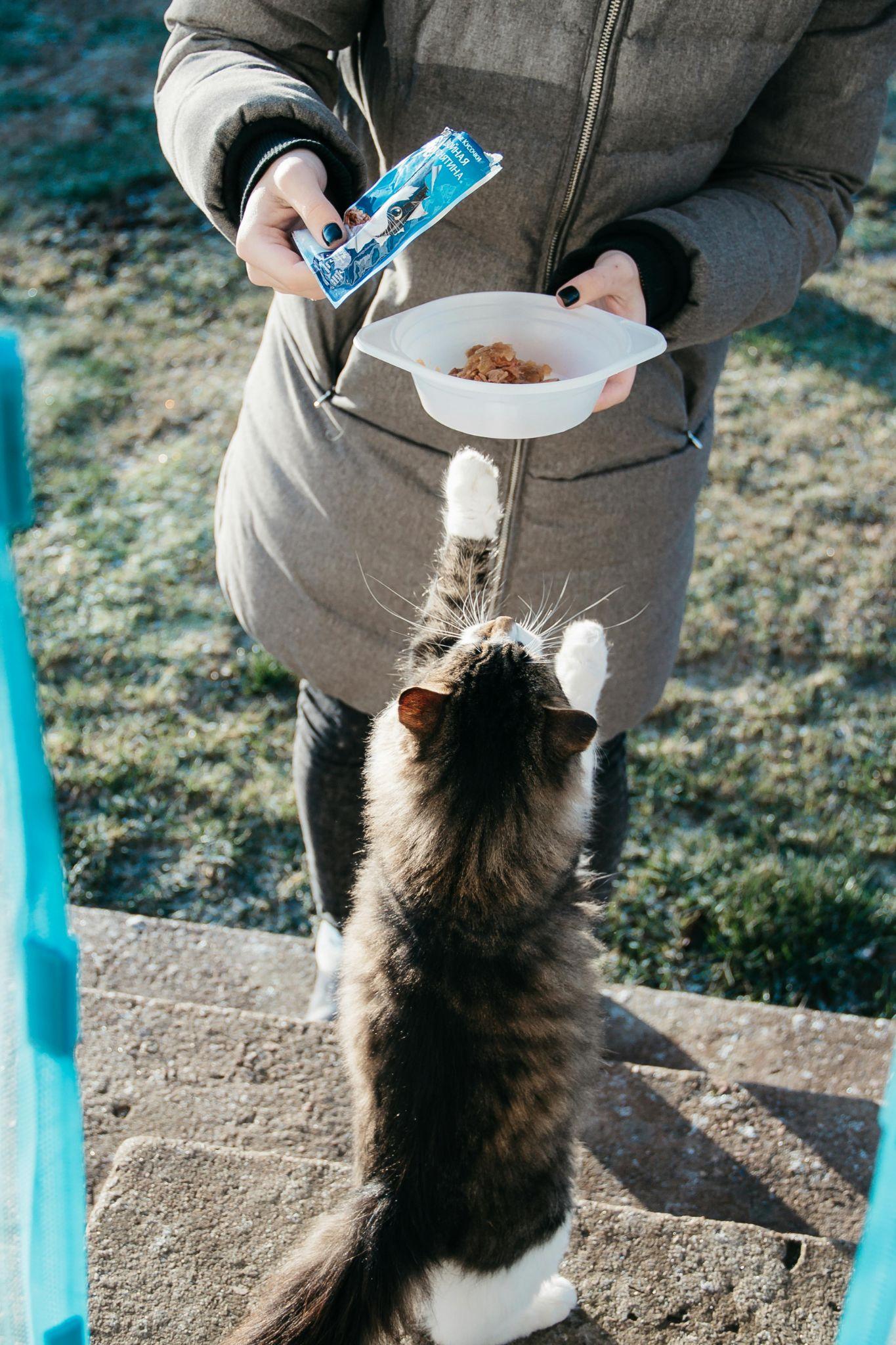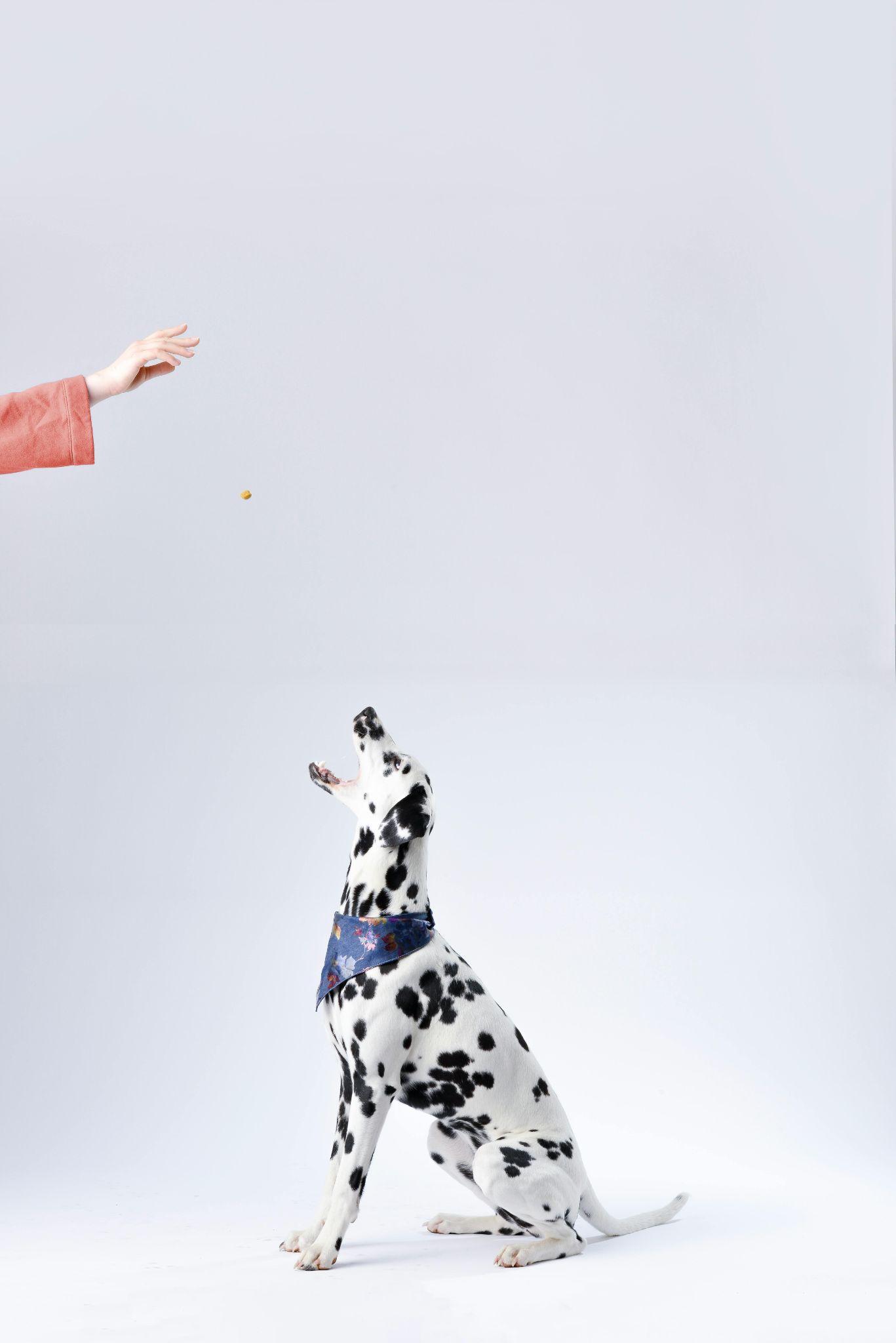As the temperature rises, so do the unique nutritional needs of your pets. Just like humans, our furry companions require a diet that caters to the summer heat, keeping them cool, hydrated, and energized. Understanding how to choose the right pet food for the summer is essential for maintaining your pet’s health and happiness. This article will guide you through selecting the best pet food, focusing on ingredients, hydration, portion control, and even some special summer treats to keep your pet thriving all season long.

Why Does Summer Impact Your Pet’s Diet?
Before diving into the specifics of choosing pet food for the summer, it’s important to understand why seasonal changes might require dietary adjustments for your pets. Here’s why summer can have a significant impact on your pet’s diet:
- Higher Activity Levels: Pets often become more active during summer, enjoying longer walks or more playtime outside. This increased activity leads to higher energy demands.
- Heat Stress and Dehydration: The hot weather can cause pets to lose more water through panting and sweating (mostly through their paws), increasing the risk of dehydration.
- Fluctuations in Appetite: Some pets may eat less when it’s hot, so their food needs to be nutrient-dense to provide the necessary vitamins and minerals in smaller quantities.
By understanding these factors, you can make more informed decisions on how to adjust your pet’s diet for the summer.

Understanding Your Pet’s Nutritional Needs
Key Nutrients for Your Pet During the Summer
During the summer months, your pet’s body may require different nutrients to stay healthy and hydrated. Here’s what you should focus on: https://truepetslove.com/product/andis-excel-pro-animal/
- Water Content: Hydration is crucial in the heat. Wet or canned foods have higher water content, which helps keep your pet hydrated. You can also add water to dry kibble to boost moisture intake.
- Electrolytes: Pets lose electrolytes in the heat, similar to humans. Ensuring their diet includes essential electrolytes like potassium and sodium helps maintain their energy and hydration levels.
- Protein: Active pets need sufficient protein to maintain muscle mass and energy. Look for pet foods where a high-quality protein source is listed as the first ingredient.
What Ingredients Should You Look for in Summer Pet Food?
Choosing the right pet food for the summer involves looking for specific ingredients that will support your pet’s health and hydration needs. Here’s a guide to help you choose:

- High-Quality Proteins: Opt for lean proteins such as chicken, turkey, fish, or lamb. These proteins provide essential amino acids for energy without unnecessary fat.
- Omega Fatty Acids: Ingredients like fish oil or flaxseed are beneficial for keeping your pet’s skin hydrated and their coat shiny, which can be particularly soothing during the hot months.
- Fruits and Vegetables: Fresh ingredients like sweet potatoes, carrots, blueberries, and spinach are rich in vitamins, minerals, and water content, making them excellent additions to your pet’s summer diet.
- Avoid High Fillers: Steer clear of pet foods that use fillers like corn, soy, and wheat, as these offer little nutritional value and can contribute to weight gain, especially if your pet’s activity level decreases in the heat.
How to Choose the Right Pet Food for the Summer
Evaluating Your Pet’s Current Diet
Before you decide to switch your pet’s food, evaluate what they’re currently eating. This will help you identify what needs to change:

- Is their current food high in moisture?
- Does it contain a balance of proteins, fats, and carbohydrates?
- Are there any allergens or ingredients that could cause sensitivities?
- Does the food include all essential vitamins and minerals?
Selecting the Best Summer-Friendly Pet Food
Once you’ve assessed your pet’s dietary needs, it’s time to select a summer-appropriate pet food. Here’s how to do it:
1. Read Ingredient Labels Carefully
Check labels to ensure the food contains high-quality proteins and essential nutrients without artificial preservatives, colors, or flavors.
2. Consider Wet or Canned Foods
Wet or canned foods are ideal for summer as they contain more water, helping keep your pet hydrated and appealing to pets who may eat less in the heat.
3. Introduce Fresh, Hydrating Foods
Incorporate fresh, water-rich foods like cucumber slices, watermelon, or apple chunks into your pet’s diet. Always ensure these foods are safe for your pet species and prepared in sizes that prevent choking. https://truepetslove.com/how-to-keep-your-pet-entertained-during-the-summer/
Balancing Hydration and Nutrition

The Importance of Staying Hydrated
Keeping your pet hydrated is essential, especially in the summer heat. Here’s how to ensure your pet stays well-hydrated:
- Keep Water Bowls Clean and Filled: Regularly check and refill your pet’s water bowls with fresh, cool water. Adding ice cubes can make the water more appealing during hot days.
- Provide Multiple Water Sources: If you have a large house or yard, place several water bowls around to encourage frequent drinking.
- Invest in a Pet Water Fountain: Some pets prefer flowing water, which can encourage them to drink more. A pet water fountain is an excellent way to keep water fresh and enticing.
Fun and Healthy Summer Treats for Your Pet
Creative Summer Treats
Just like we enjoy a cool treat on a hot day, pets appreciate a refreshing snack too. Here are some ideas for healthy summer treats:

- Frozen Peanut Butter Bites: Mix natural peanut butter (without xylitol, which is toxic to pets) with water or plain, pet-safe yogurt, then freeze in ice cube trays.
- Broth Popsicles: Freeze low-sodium chicken or beef broth (without onions or garlic) into ice cubes for a savory, cooling treat.
- Fruit and Veggie Frozen Pops: Blend pet-safe fruits and veggies with water, then freeze into small, pet-sized ice pops.
Should You Add Supplements to Your Pet’s Diet?
Sometimes, even with the right pet food, your furry friend might need additional nutrients, especially during the summer. However, always consult with your veterinarian before introducing supplements. Here are some to consider:
- Omega-3 Fatty Acids: Beneficial for reducing inflammation and keeping your pet’s skin healthy during hot months.
- Electrolyte Supplements: Useful for highly active pets or those prone to dehydration.
- Probiotics: These can help with digestion, especially if you’re adding fresh foods to your pet’s diet. https://truepetslove.com/
Transitioning to a New Pet Food
How to Safely Transition Your Pet’s Diet
Switching your pet’s food should be done gradually to avoid digestive upset. Follow these steps for a smooth transition:
- Introduce Gradually: Start by mixing a small amount of the new food with their current food. Over 7-10 days, gradually increase the new food while decreasing the old.
- Monitor Your Pet’s Health: Watch for any signs of digestive discomfort such as vomiting, diarrhea, or loss of appetite. If these occur, slow down the transition process.
- Adjust Portions Based on Activity: If your pet is more active in summer, consider increasing their food portions slightly. If they are less active due to the heat, reduce portions to avoid weight gain.

Choosing the right pet food for the summer is key to keeping your pet healthy, hydrated, and happy during the hot months. Focus on high-quality, hydrating ingredients, consider adding fresh and nutritious treats, and remember to keep your pet’s hydration levels up. Always introduce new foods gradually and consult with your veterinarian to ensure your pet’s diet is perfectly suited to their needs. With these tips, you can ensure your furry friend enjoys a healthy and enjoyable summer season.
